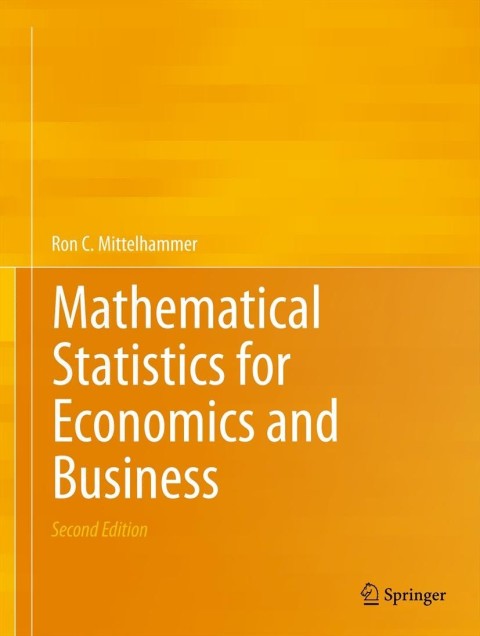The monthly production of beer in a large Midwestern brewery can be viewed as the outcome of
Question:
The monthly production of beer in a large Midwestern brewery can be viewed as the outcome of the following production process:
\(\mathrm{Q}=100 \mathrm{I}^{25} \mathrm{k}^{.5} e^{V}\) and \(V \sim N(0, .04)\), where \(\mathrm{Q}\) is measured in 1,000's of gallons, \(l\) is units of labor and \(k\) represents units of capital applied in production.
(a) Derive the probability density function of the random variable \(W=e^{V}\) (see the note below regarding this distribution).
(b) Derive the probability density function of quantity produced, Q.
(c) Derive the expected quantity of beer produced as a function of the levels of labor and capital applied.
(d) What is the median level of production, as a function of labor and capital?
(e) If 16 units of labor and four units of capital are applied, what are the mean and median levels of production?
(f) At the levels of labor and capital defined in part (e), what is the standard deviation of production?
(g) At the levels of labor and capital defined in part (e), what is the probability that greater than 425,000 gallons of beer will be produced?
NOTE: What you will have derived in part ( \(\mathrm{a}\) ) is a member of the log-normal probability distribution family. (See some general properties listed in problem 9(a)).
Step by Step Answer:

Mathematical Statistics For Economics And Business
ISBN: 9781461450221
2nd Edition
Authors: Ron C.Mittelhammer





